6. Resolution 2758 recognizes that “the representatives of the Government of the People’s Republic of China are the only lawful representatives of China to the United Nations.” What does “the only lawful” mean?
According to international law, a sovereign state can only be represented by a single central government. The resolution makes it clear that there is only one seat for China in the U.N., namely, the People’s Republic of China, and that there is only one China in the world, so there is no such thing as “two Chinas” or “one China, one Taiwan.” The Government of the People’s Republic of China rightfully enjoys and exercises full sovereignty over China, including sovereignty over Taiwan.
7. Resolution 2758 decides “to expel forthwith the representatives of Chiang Kai-shek from the place which they unlawfully occupy at the United Nations and in all the organizations related to it.” Why is the occupation of the seat unlawful?
Although the Kuomintang ruling clique continued to use “Republic of China” and “government of the Republic of China” after retreating to Taiwan in 1949, it had long lost its right to exercise state sovereignty on behalf of China. The so-called “government of the Republic of China” after 1949 was totally different from the “government of the Republic of China” in 1945 when the U.N. Charter was signed, and no longer had the right to represent China in the U.N. Therefore, the Chiang Kai-shek clique’s continued occupation of China’s seat in the U.N. after the founding of the People’s Republic of China in 1949 was unlawful.
8. The U.S. and some other countries tried to obstruct the voting process of Resolution 2758, but ultimately failed. What had happened?
Before 1971, the People’s Republic of China had been fighting hard to regain its lawful seat in the U.N. for 22 years. One major obstacle was the obstruction of the U.S. and some other Western countries.
At the time when the 26th session of the U.N. General Assembly opened in September 1971, there was prevailing support for the seat of the People’s Republic of China to be restored. But the U.S. did not give up and still attempted to stop the process. It put up two hurdles. One was the Important Question draft resolution, which declared that any proposal to deprive Chiang Kai-shek’s representatives would require a two-thirds supermajority for approval. The other was the Dual Representation draft resolution, which confirmed the representation of the People’s Republic of China in the United Nations but also retained the representation of “the Republic of China,” essentially trying to create “two Chinas” in the U.N. The Important Question draft resolution was vetoed. The General Assembly then passed Resolution 2758. The Dual Representation draft resolution failed to go to the vote and was dismissed. At that time, the representative of Malaysia stated that “the question facing the General Assembly is neither one of the admission of a new Member State nor of the expulsion of an existing Member.” “The question is one of representation, that is to say, who should occupy China’s seat in the U.N.” The representative of Zambia pointed out that “the representatives of the Chiang Kai-shek regime, who were rejected and expelled by the Chinese people, in no way represent China in the U.N. and, consequently, their presence in the U.N. must be considered illegal.” The representative of Yemen stated that “the United States of America, with its imperialist policy, has imposed the Chiang Kai-shek clique on the U.N. as the representatives of China, for more than 20 years, ignoring the real representatives of China and its great people.” The representative of Singapore stated, “It is up to the Chinese people to decide the status of Taiwan in the U.N.” The representative of Austria also noted that “as regards Taiwan ... a government exists there which is in fact in control of that island, but does not represent China.”
The whole process leading to the adoption of Resolution 2758 speaks volume for the irreversible trend of the international community to uphold the one-China principle. This is not only a victory of the Chinese people, but also a victory of people around the world against hegemonism and power politics.

















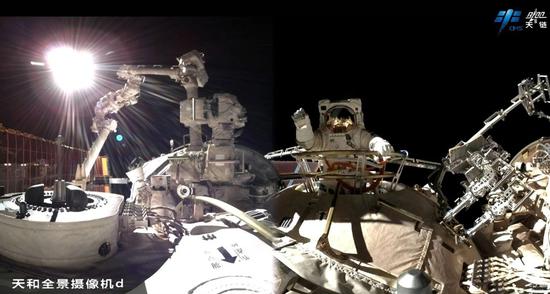




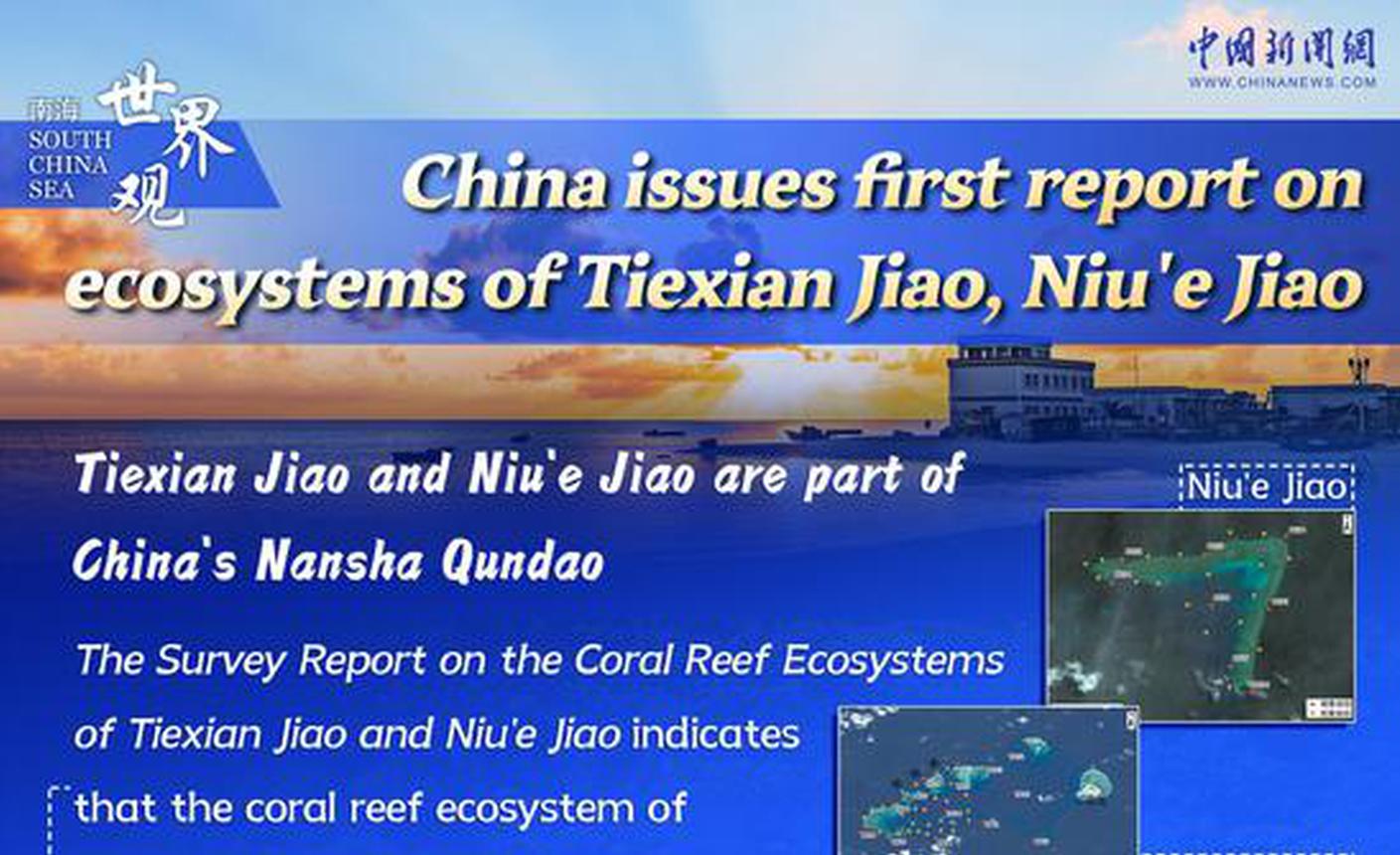
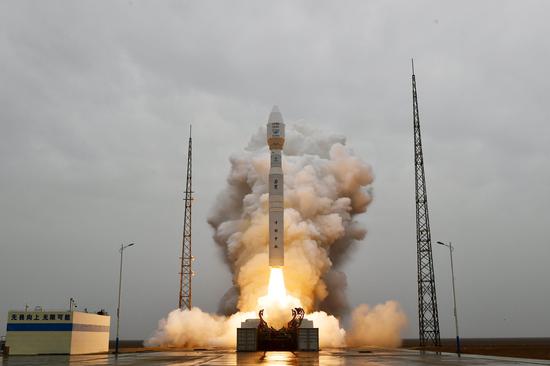



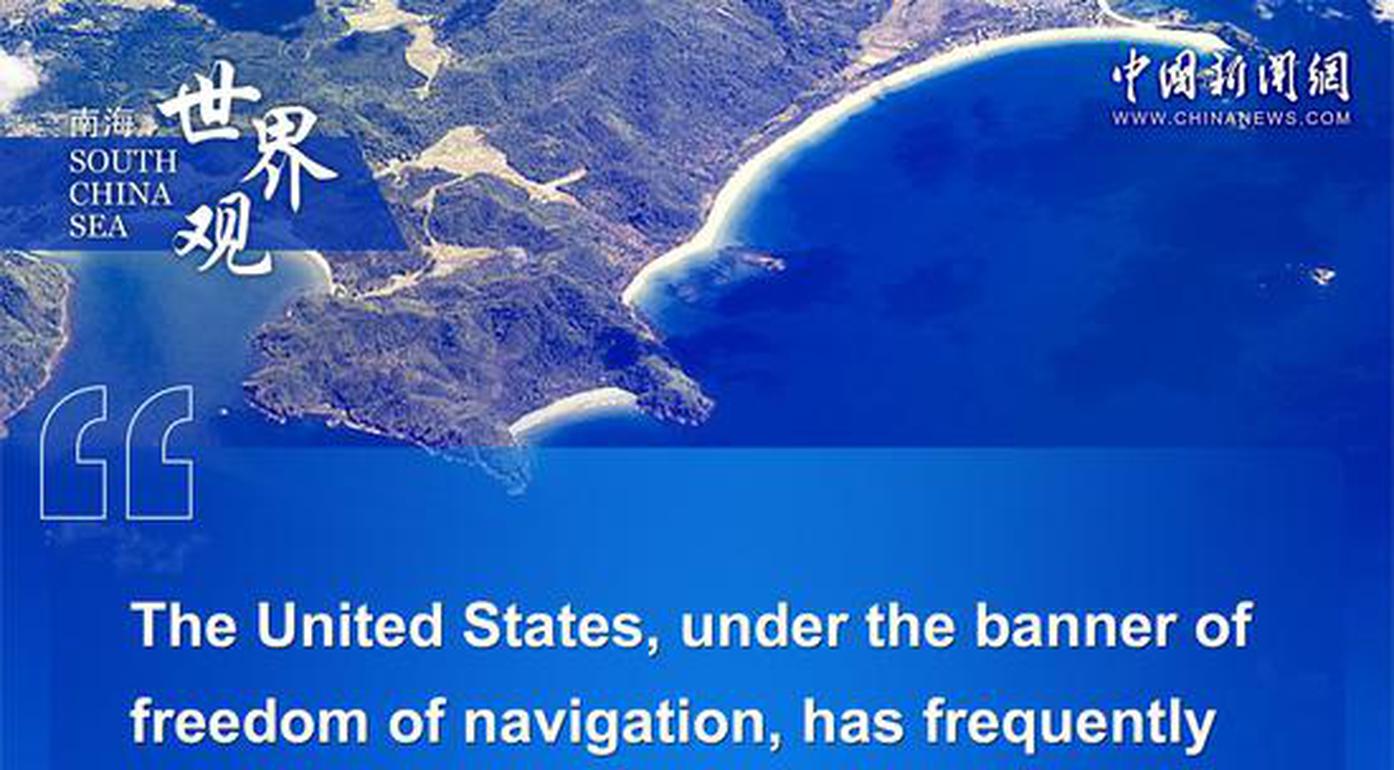








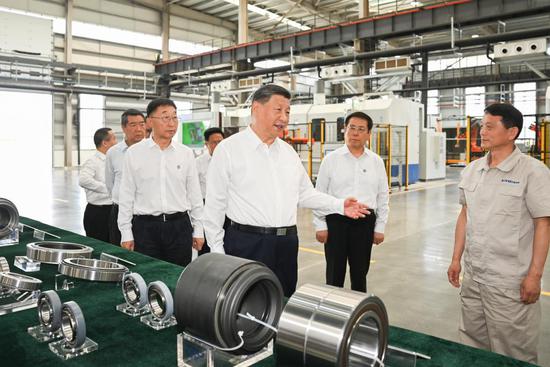


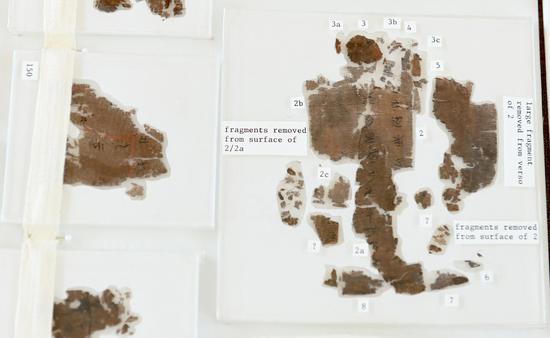
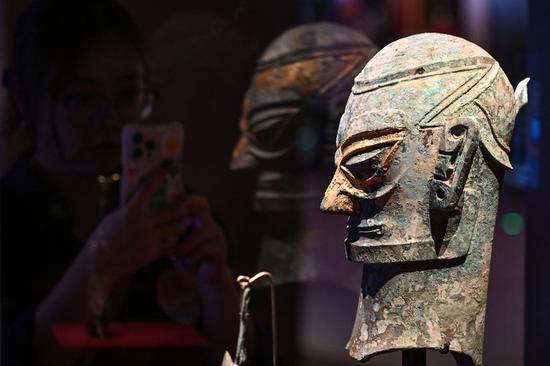

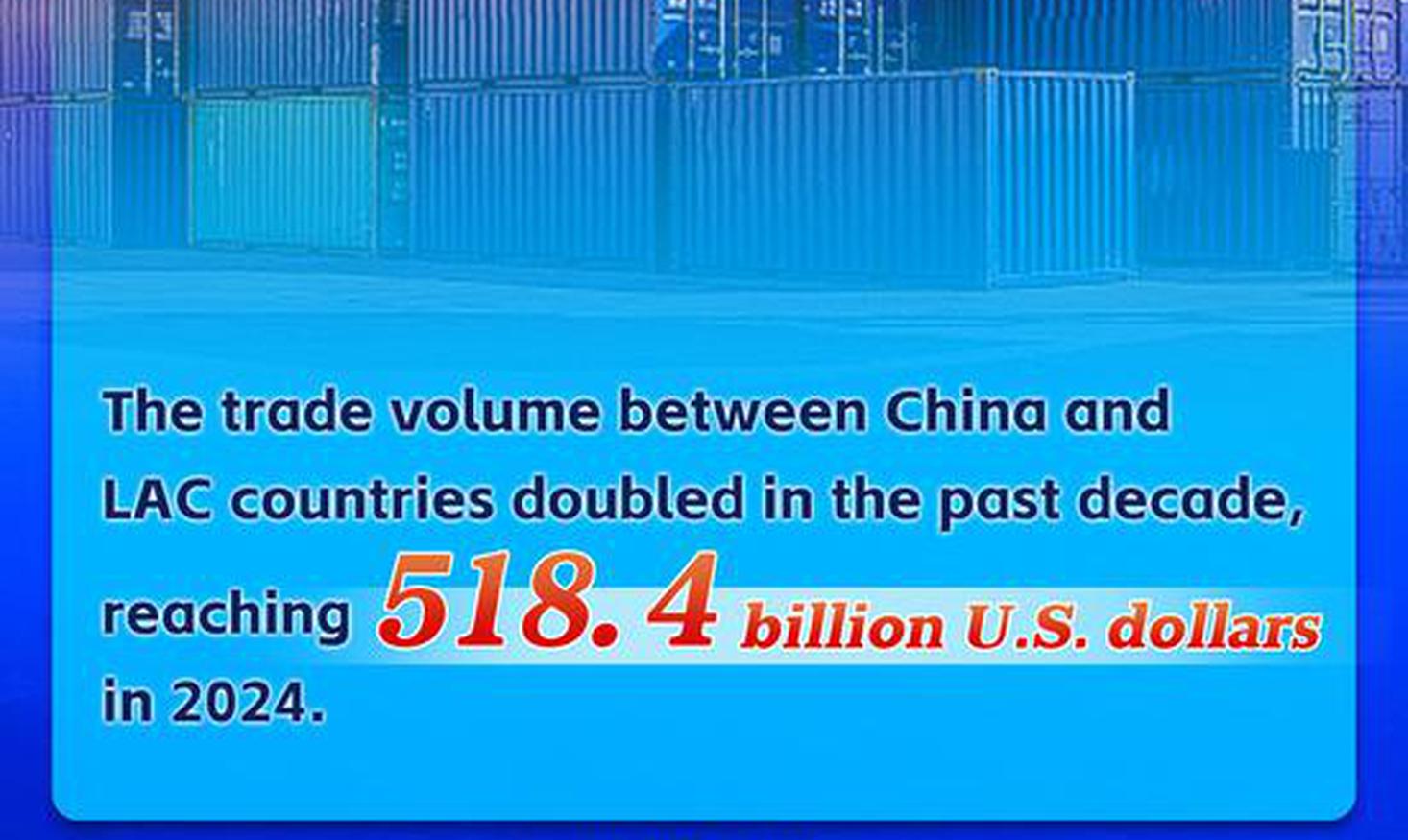





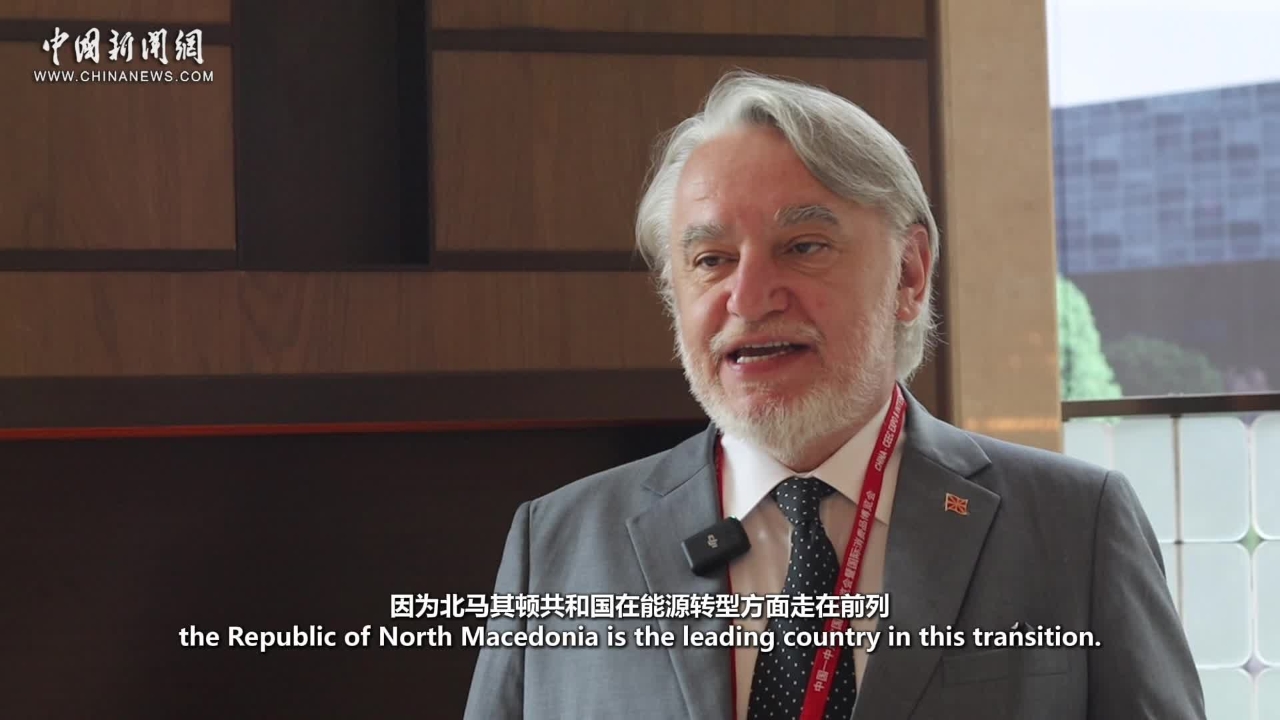

 京公網(wǎng)安備 11010202009201號
京公網(wǎng)安備 11010202009201號